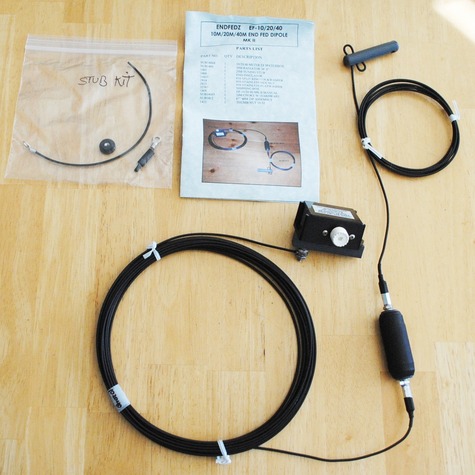Still trying to see if there are any loopholes that would allow me to
legally carry out radiated tests between 40-80kHz as mentioned in earlier posts.
Currently I'm pondering an OFCOM document called
IR 2030 - UK Interface Requirements 2030 Licence Exempt Short Range Devices . This document seems to offer some hope by adopting the licence exemptions applicable to short range devices such as metal detectors and induction communications systems. For example, for metal detectors, it says,
"That part of an induction system designed or adapted to produce:- (a) a controlled magnetic field; and (b) a predetermined recognisable signal when operating within that magnetic field"
in the frequency range 9 - 148.5 kHz the emission level is [not greater than] 70 dBμA/m at 6 m. My maths is not good, but this is 3.15mA/m which sounds quite a lot. Some other specifications allow 72dBuA/m at 10m, which is considerably more. It seems I need to read a copy of document
EN 300 330-2 which describes the rules and test methods. Although these rules are designed for systems that use induction field communications, the unknown is how much signal
that meets these requirements might be radiated and detectable with sensitive kit in the far field?
Incidentally, it is surprising how many non-amateur frequencies can be
used legally with (useful) QRPp power levels in the MF, HF, VHF range, no doubt with
some type approval stipulation or at least CE declarations being
required on the equipment. With WSPR or similar weak signal modulation systems, some most interesting experiments could be carried out in unusual parts of the LF, MF, HF and VHF spectrum, apparently without a licence being needed, as long as the emissions limits are met.









